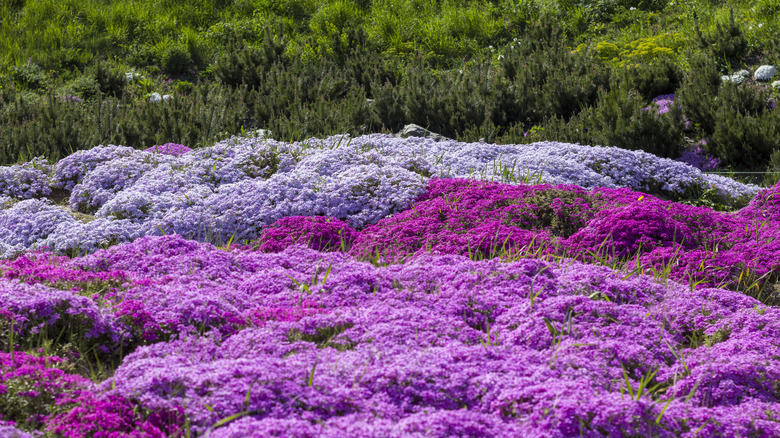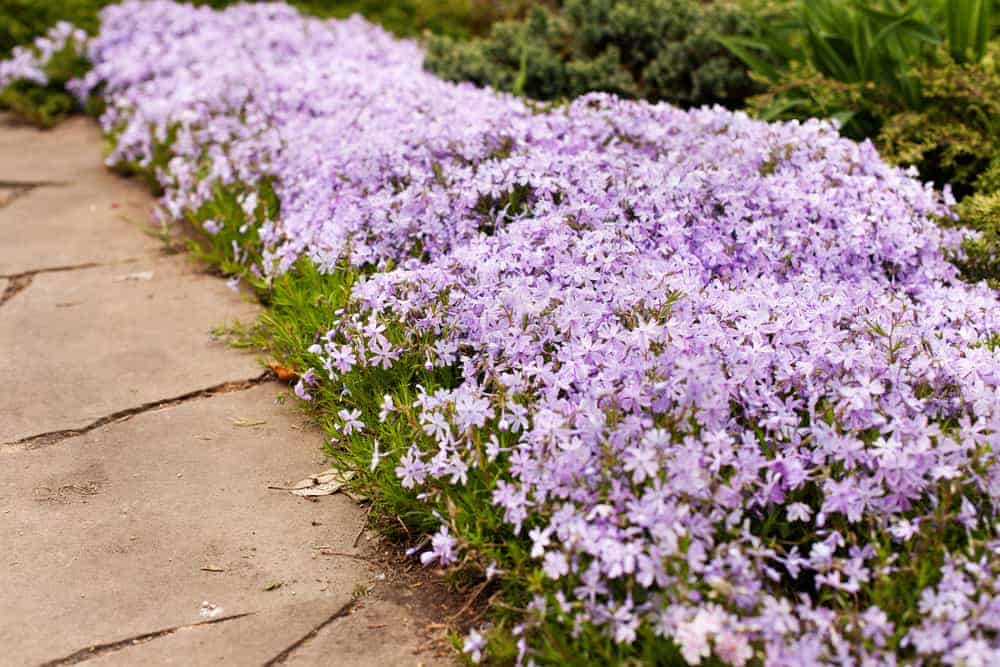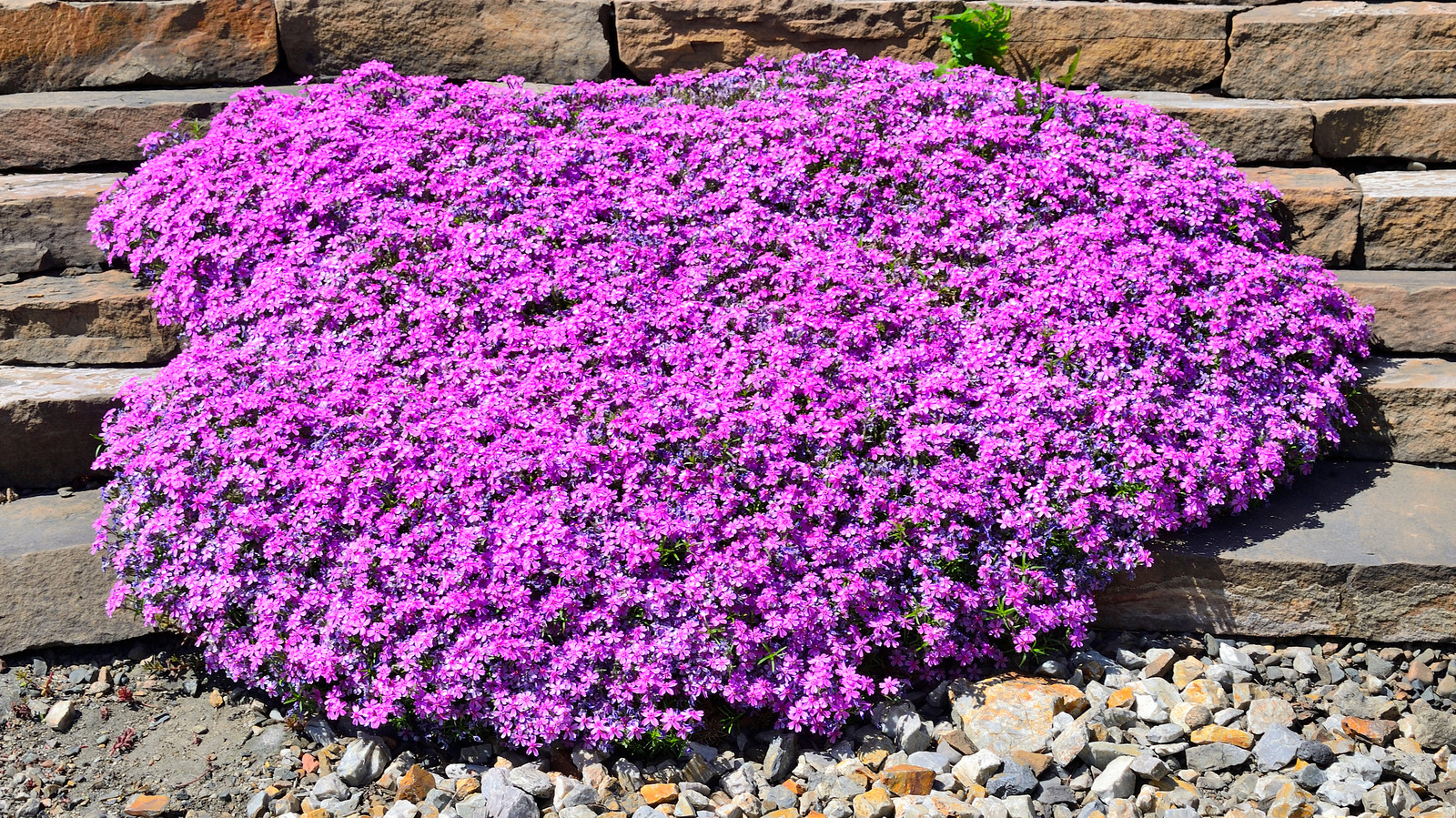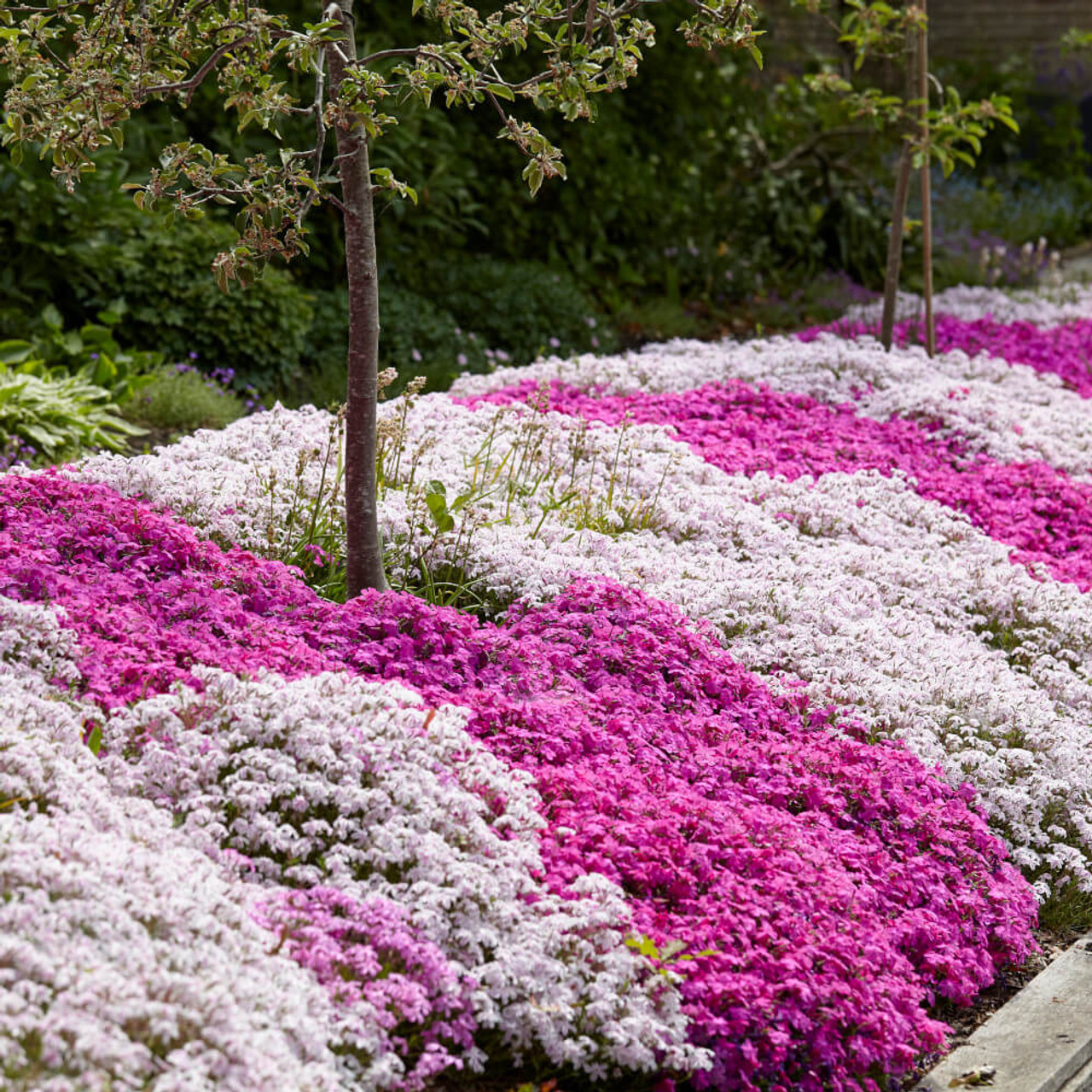Understanding the Spreading Nature of Creeping Phlox
Creeping phlox, a popular groundcover, is renowned for its ability to spread quickly and effortlessly. This spreading nature is one of the primary reasons why it’s essential to consider the planting distance when introducing creeping phlox to your garden or landscape. When planted too close together, creeping phlox can become overcrowded, leading to reduced growth and increased susceptibility to disease. On the other hand, planting them too far apart can result in bare spots and a lack of cohesion in the overall design. To achieve a lush, vibrant, and healthy groundcover, it’s crucial to understand how far apart to plant creeping phlox, as this will significantly impact the overall appearance and health of the plants.
Factors Affecting Planting Distances for Creeping Phlox
When determining how far apart to plant creeping phlox, several factors come into play. Soil type, sunlight, and moisture levels are three crucial elements that significantly influence the ideal planting distance. For instance, creeping phlox planted in well-draining soil with full sun may require more space between plants than those planted in shady, moist areas. Additionally, the specific creeping phlox variety also plays a role, as some spread more aggressively than others. Understanding these factors is essential to achieving a healthy, thriving groundcover. By considering these variables, gardeners can determine the optimal planting distance for their creeping phlox, ensuring a beautiful, lush display.
How to Determine the Ideal Planting Distance for Your Creeping Phlox
To determine the ideal planting distance for your creeping phlox, follow these simple steps: First, research the mature size of the specific creeping phlox variety you are planting. This information can usually be found on the plant label or through online research. Next, measure the area where you want to plant the creeping phlox, taking into account any obstacles or boundaries. Then, calculate how many plants you will need to cover the desired area, based on the mature size of the plants. Finally, space the plants accordingly, keeping in mind that creeping phlox typically spread 6-12 inches per year. For example, if you want to cover a 10×10 foot area with a creeping phlox variety that matures at 12 inches wide, you would plant them 12-18 inches apart. By following these steps, you can ensure that your creeping phlox plants have enough room to grow and thrive, while also achieving the desired coverage area. Remember, when it comes to how far apart to plant creeping phlox, it’s essential to consider the specific needs of your plants and the area you are planting in.
The Role of Planting Density in Creeping Phlox Growth
Planting density plays a crucial role in promoting healthy growth and preventing overcrowding in creeping phlox. When planted too close together, creeping phlox can become susceptible to disease and pests, as well as compete with each other for resources such as water and nutrients. On the other hand, planting at the optimal density can encourage strong, vigorous growth and a lush, dense display. The ideal planting density for creeping phlox varies depending on the specific variety, with some spreading more aggressively than others. As a general rule, it’s recommended to plant creeping phlox at a density of 6-12 inches apart, depending on the mature size of the plants. This allows for adequate air circulation, sunlight penetration, and resource allocation, while also promoting a dense, weed-suppressing mat of foliage. By considering the optimal planting density for your specific creeping phlox variety, you can ensure a thriving, low-maintenance groundcover that requires minimal care and maintenance. Remember, when it comes to how far apart to plant creeping phlox, planting density is a critical factor to consider for optimal results.
Planting Creeping Phlox in Containers: Special Considerations
When planting creeping phlox in containers, there are several special considerations to keep in mind. First, choose a pot that is at least 6-8 inches deep to accommodate the plant’s deep roots. A container with good drainage holes is also essential, as creeping phlox is susceptible to root rot in waterlogged soil. Select a high-quality potting mix that is designed for flowering plants, and consider adding a layer of small rocks or broken pottery at the bottom of the pot to improve drainage. When it comes to how far apart to plant creeping phlox in containers, a general rule of thumb is to plant them 6-12 inches apart, depending on the mature size of the variety. This will allow for adequate air circulation and sunlight penetration, while also promoting a lush, dense display. Finally, be sure to provide your container-grown creeping phlox with full sun to partial shade and regular watering, taking care not to overwater. By following these guidelines, you can enjoy the beautiful, fragrant blooms of creeping phlox in even the smallest of spaces.
Common Mistakes to Avoid When Planting Creeping Phlox
When it comes to planting creeping phlox, there are several common mistakes that can lead to subpar results. One of the most critical mistakes is planting too close together, which can lead to overcrowding and increased susceptibility to disease. It’s essential to consider how far apart to plant creeping phlox, taking into account the mature size of the variety and the desired coverage area. Another common mistake is not providing enough sunlight, as creeping phlox requires at least 6 hours of direct sunlight per day to thrive. Additionally, failing to prepare the soil properly, such as not removing weeds or debris, can hinder the plant’s ability to establish a strong root system. Planting in areas with standing water or where water tends to collect can also be detrimental, as creeping phlox is susceptible to root rot in waterlogged soil. By avoiding these common mistakes, gardeners can set themselves up for success and enjoy the beautiful, fragrant blooms of creeping phlox.
Creeping Phlox Planting Tips for Different Soil Types
When it comes to planting creeping phlox, the type of soil can significantly impact the plant’s growth and spread. Here are some specific tips for planting creeping phlox in different soil types:
In clay soils, which can be prone to waterlogging, it’s essential to plant creeping phlox in a raised bed or mound to improve drainage. Additionally, mixing in organic matter such as compost or well-rotted manure can help to improve the soil’s structure and fertility. When determining how far apart to plant creeping phlox in clay soils, consider planting them 12-18 inches apart to allow for adequate air circulation and sunlight penetration.
In sandy soils, which can be prone to drying out, it’s crucial to plant creeping phlox in an area that receives partial shade to prevent scorching. Mulching around the plants can also help to retain moisture and regulate soil temperature. When planting creeping phlox in sandy soils, consider planting them 6-12 inches apart to allow for rapid spread and coverage.
In loamy soils, which are typically well-draining and fertile, creeping phlox can thrive with minimal maintenance. Planting creeping phlox in loamy soils can be done at a density of 6-12 inches apart, depending on the desired coverage area. It’s also essential to provide regular watering and fertilization to promote healthy growth and flowering.
By considering the specific needs of creeping phlox in different soil types, gardeners can create a thriving and beautiful groundcover that requires minimal maintenance and care.
Conclusion: Achieving Success with Creeping Phlox Planting
In conclusion, mastering the art of creeping phlox planting requires careful consideration of several key factors, including the plant’s spreading nature, soil type, sunlight, and moisture levels. By understanding how to determine the ideal planting distance, the importance of planting density, and special considerations for container planting, gardeners can set themselves up for success. Additionally, being aware of common mistakes to avoid and specific planting tips for different soil types can help to ensure a thriving and beautiful groundcover. Remember, when deciding how far apart to plant creeping phlox, consider the mature size of the variety and the desired coverage area. With these tips and guidelines in mind, experiment with different planting distances and techniques to achieve optimal results with your creeping phlox.








